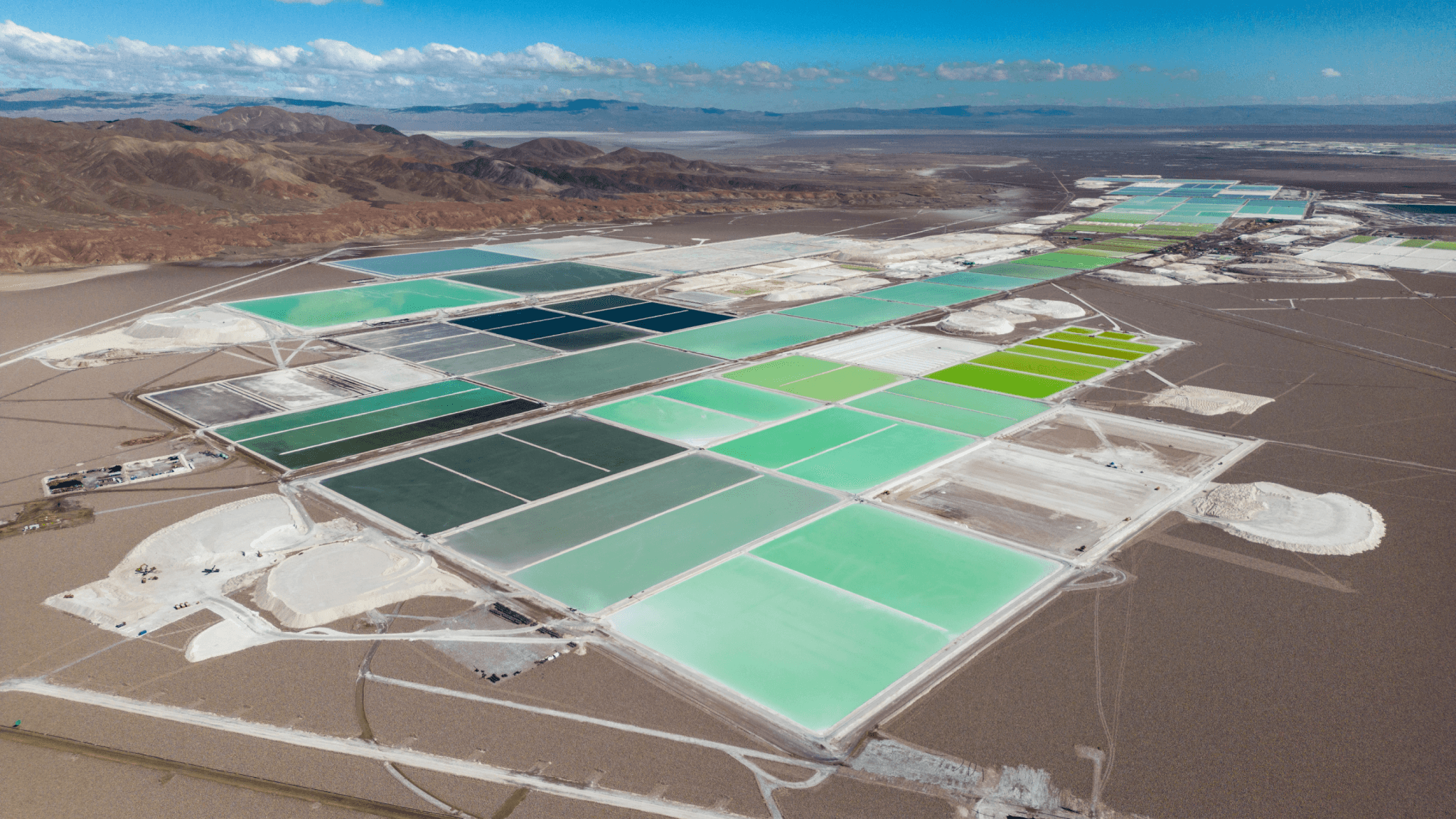
Covid-19 has prompted serious soul-searching and examination of daily travel patterns and behavioral habits across many consumption-driven societies — how many of those car trips and flights were actually necessary to begin with? Travel activity around the world all but ceased during some periods, emissions dropped but are starting to rebound, and the question remains: Will recovery bring us back to where we started, or will we seize the moment to keep emissions low for the long term? As laid out in our previous blog on Covid-19’s impact on the climate, sustained reductions in activity levels are unrealistic and will be insufficient for reaching international climate targets. While it may take time for air travel and marine shipping to return to previous levels, the movement of goods and people will rebound along with greenhouse gas emissions, in the absence of incentives to shift to clean technology.
The clear skies and empty streets during shelter-in-place didn’t change the strategic calculus of transportation decarbonization — it only reinforced the need to electrify vehicles and shift to less energy-intensive modes of transportation. With this in mind, we worked alongside partners from the Grantham Institute and PBL Netherlands Environmental Assessment Agency to examine how reward schemes could incentivize low-carbon travel and/or mode-shift to more sustainable transport options. The report, “Incentivizing low-carbon travel: Lessons from a wide range of reward and platform schemes,” offers a first look into how reward schemes can be used as levers for climate change mitigation.
Lessons from private and public transportation rewards schemes
In the course of our inquiry, we arrived at three primary lessons:
1. Reward and platform-based schemes related to some aspect of travel are globally ubiquitous across commercial and public domains. Incentives can vary greatly based on the modes of travel they target and the mechanisms they use, and any of those can warrant its own deeper research. Examples include anything from private sector schemes such as airline mileage programs and gas station loyalty programs, which tend to incentivize high-carbon travel, to public sector schemes such as low-emissions zones and bike-sharing systems, which provide access to low-carbon travel or incentivize low-carbon travel by penalizing high-carbon options. Private sector schemes tend to be more commonplace and diverse, which makes it difficult to develop a systemic way of disrupting the high-carbon travel they incentivize, but they also provide an enormous opportunity to drive reach and impact, if restructuring is done right.
2. There are clear distinctions between schemes designed to promote or support low-carbon travel (e.g., bike-share systems) and those that incentivize high-carbon travel (e.g., airline rewards) that in turn have adverse effects on the climate and air pollution. Among a wide-ranging selection of schemes that reward or support low-carbon travel that we examined, all require three components to work:
- An aspect of data-sharing enabled by data regulations and public-private partnerships;
- Availability of public infrastructure that supports a shift toward sustainable travel options; and
- Market supply of zero-emissions travel modes for private or shared use (e.g., bikes, e-bikes, e-scooters, electric mopeds, electric vehicles, and others).
In comparison, schemes that result in or incentivize high-carbon travel usually promote increased volume and frequency of consumption (e.g., the more money a person spends using a credit card with a reward system, the higher the resulting rewards, leading to ever greater incentive to keep consuming). Overwhelmingly, these have two key levers in common:
- They focus on maintaining and reinforcing spending and consumption behaviors, among which high-carbon travel is an option.
- They require membership and are integrated with a specific platform that offers rewards, such as air miles programs and credit card reward programs.
3. Given the multi-tier complexity and the private sector ownership of current schemes, any effort to redirect spending toward greater climate benefits will require government intervention and multi-stakeholder partnerships. Government action is required to effectively curb the self-perpetuating cycle of air travel through possible interventions such as a tax on air miles (proposed in U.K. government), as airlines have little incentive to curtail these profitable practices on their own. Partnerships are crucial for schemes such as the Miles App, which relies on a network of corporate partnerships to offer low-carbon travel rewards for accumulated points.
Philanthropy’s role in elevating and leveraging reward schemes for climate
Covid-19 has given us an opportunity to re-imagine transportation networks and look beyond the most obvious approaches to reduce travel-related emissions. Using rewards programs as a leverage point is one potential pathway toward a different future. Philanthropy can help close the gap between government and private sector incentives for low-carbon travel by supporting several initiatives:
- Research on regulatory actions that can restructure high-carbon rewards programs to account for climate outcomes;
- Support for low-carbon travel reward pilot programs such as ClimatePerks, and widespread replication and scaling; and
- Convening key stakeholders to rethink public-private partnership structures shaping behavior shifts toward lower-carbon travel.
Reversing the vicious cycle in which consumption enables and incentivizes high-carbon travel isn’t a climate solution by itself, just as clean technologies cannot begin to reverse climate trends in the absence of strong supporting policies. Zero-emission technologies may be an important way to transition away from fossil fuels, but incentivizing their use in order to meet international climate goals will require deep recalibration across every segment of society, close inspection of every mechanism that keeps fossil-based transportation in demand, and understanding of how to channel that demand toward low-carbon travel.



